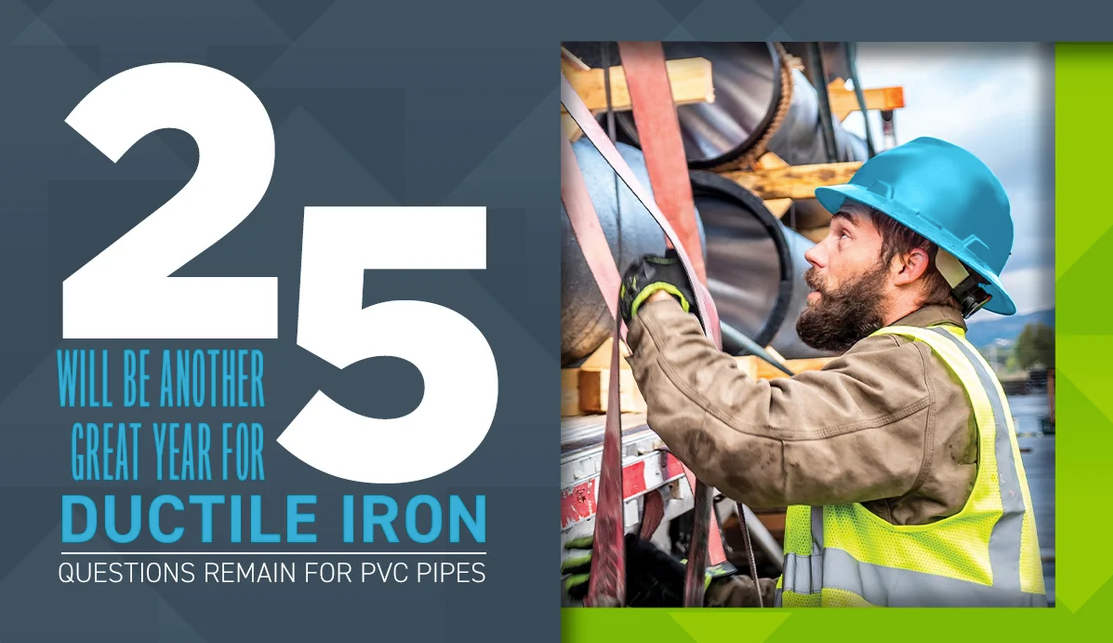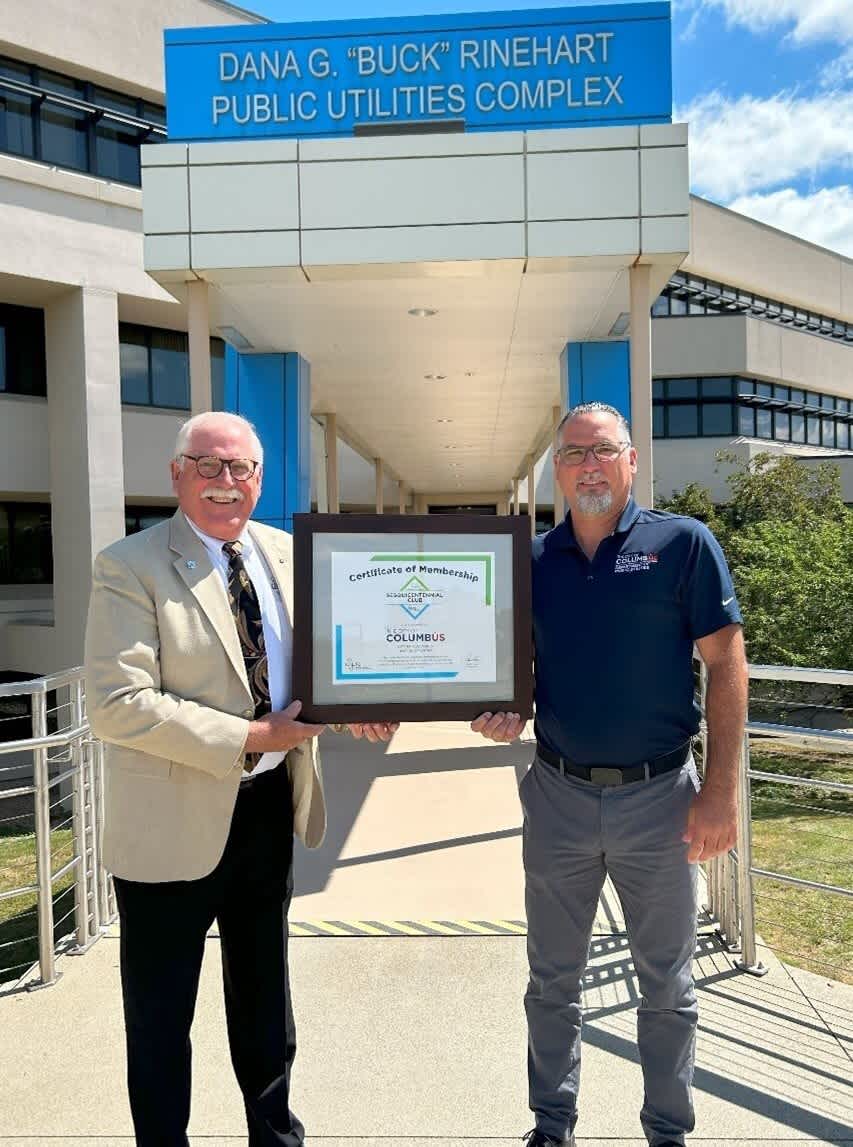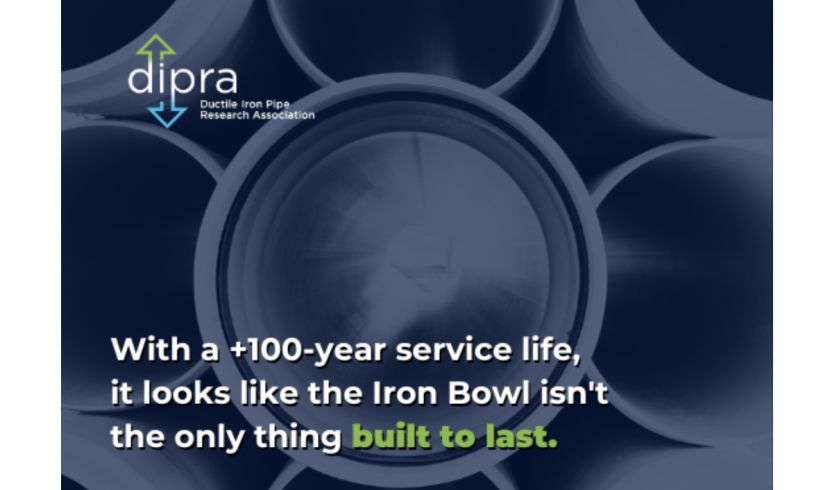
To note, the Ductile Iron Pipe Research Association is proud to call 566 communities across North America members of our Century Club.
For many years now, different material manufacturers in the piping industry have done everything they can to gain a market advantage over each other. They have invested millions into their technology, marketing, and sales efforts. By and large, it has been a process where DIPRA and its competitors have relied on science, innovation, and reason to advance their efforts and allow the chips to fall where they may.
However, those times have clearly passed. Recently, the Uni-Bell PVC Pipe Association released a Life Cycle Analysis (LCA), which launches attacks on iron and other competitors that contradict both actual experience and academic research. For example, the LCA devotes a chapter to assert that iron has a 50 year life cycle. This is easily dismissed as utilities across North America have reliably used cast iron and Ductile well beyond the terms set by PVC advocates.
To note, the Ductile Iron Pipe Research Association is proud to call 566 communities across North America members of our . This club is broadly representative of towns, cities, and counties that have enjoyed 100 years or more of continuous, reliable service from iron pipes. Many of these communities’ oldest iron pipes date back to the 1800s. By my math, I think that is a little longer than the 75 year-plus window ascribed to cast iron pipe in the PVC-sponsored study. It’s also interesting that Ductile is assigned a 50-year service life while PVC is inflated to 100-years. This data is not consistent with other peer-reviewed studies, including the American Water Works Association (– 2012); (2009), and the (2016).
As with the majority of our market competitors, DIPRA will continue to use research that is forthright and factual. We will not spread half-truths or mischaracterizations about substitute materials. We also will investigate the latest PVC-sponsored study, and provide data and references as appropriate to correct the record. We believe this is important to aid sound decision-making by utility officials and their professional engineers.
The overarching goal, after all, is to aid in smart decision-making for water infrastructure investments now and in the future. The importance of safe, resilient, reliable, and sustainable water systems should be paramount to the continued protection of public health and the environment. These are principles around which our members and we remain committed, as we have for the past 102 years of service to utilities, their professional engineers, and communities across America.






